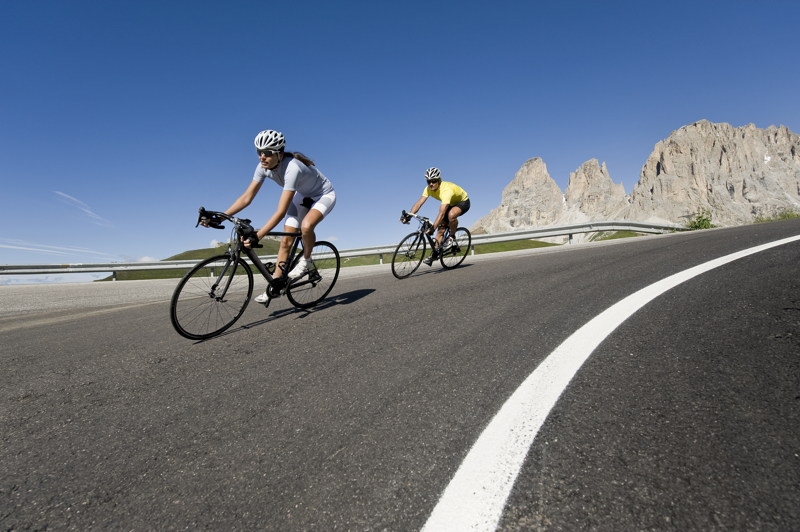- Details
- Written by: Active Traveller Staff
Something highly significant has happened in the world of cycling. The South Australian government has announced that winning riders in the 2019 Women’s Tour Down Under will receive the same prize money as their male counterparts for the first time. It means that the women’s winnings will rocket from £8,449 to £56,283, matching what the men on the podium will be paid come January.
Announcing the decision, the South Australian sports minister, Leon Bignell, said: “These athletes are at the top of their game, displaying professionalism, determination and skill during every stage of the hard-fought race...It’s only fair the prize money they receive is on par with their male counterparts”.
The move has been met with widespread approval. Amanda Spratt, who won the 2018 women’s race, described it as “a huge step forward for equality”, while TDU stage winner Chloe Hosking called it “just one more example of how women’s sport is on the up”.
The Women’s TDU race director, Kimberley Conte, added that the change would “elevate this race and recognise the skill and efforts of our riders”.
Is this a sign that women’s cycling is finally considered equal to men’s – or just a drop in the ocean? The gender pay gap in professional cycling has come under increasing criticism in recent years. The UCI (the Union Cycliste Internationale, the world governing body for sports cycling) has introduced equal prize money for men and women at its world championship and world cup events – but female professional cyclists still don’t receive a minimum wage like their male counterparts.
Former Olympic and world champion cyclist Nicole Cooke has previously claimed that cycling is “a sport run by men, for men”. Take podium girls, for example. The Tour Down Under stopped using glamorous female prize-givers in 2017, instead using junior cyclists in order to convey a more positive image for women in sport. But not all events have followed suit. The Giro d’Italia and the Tour de France both keep this custom of scantily clad women offering up prizes, a practise often slammed as antiquated and sexist.
Things need to improve in leisure cycling, too. A recent Sustrans survey found that 50% fewer women than men cycle twice a week or more, making it hard to believe that the bike was once a symbol of female emancipation. In the late 19th century Suffragettes took to two wheels to spread the message of equal rights, sparking outrage by daring to wear pantaloons when riding their bikes. Straddling a bicycle was deemed unbecoming for women, and men panicked that cycling might even cause sexual arousal in female riders!
And yet, the humble bicycle opened up a whole new world of independence for women. As American civil rights leader Susan B Anthony put it in 1896: "I think [cycling] has done more to emancipate women than any one thing in the world. I rejoice every time I see a woman ride by on a bike. It gives her a feeling of self-reliance and independence the moment she takes her seat; and away she goes, the picture of untrammelled womanhood."
If Antony were around today, she might see total equality between the sexes in cycling as a goal still far along the road – but at least it seems the sport is on the right track, especially if other big name events can follow the example of Tour Down Under in matching women’s pay to men’s.




